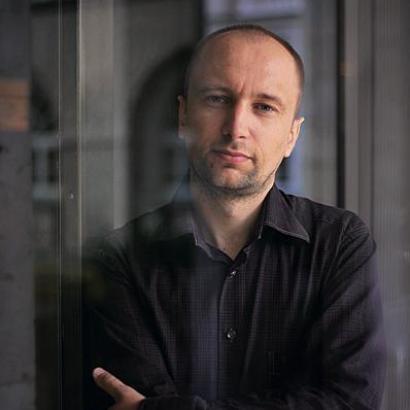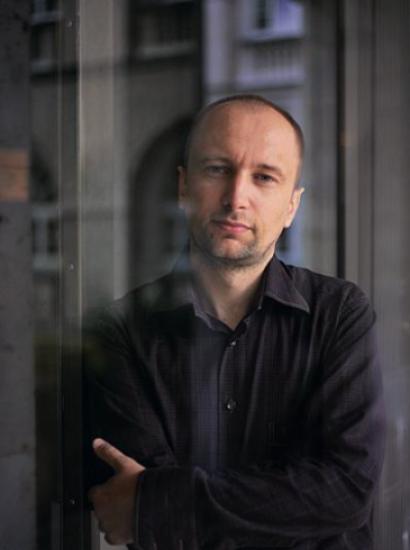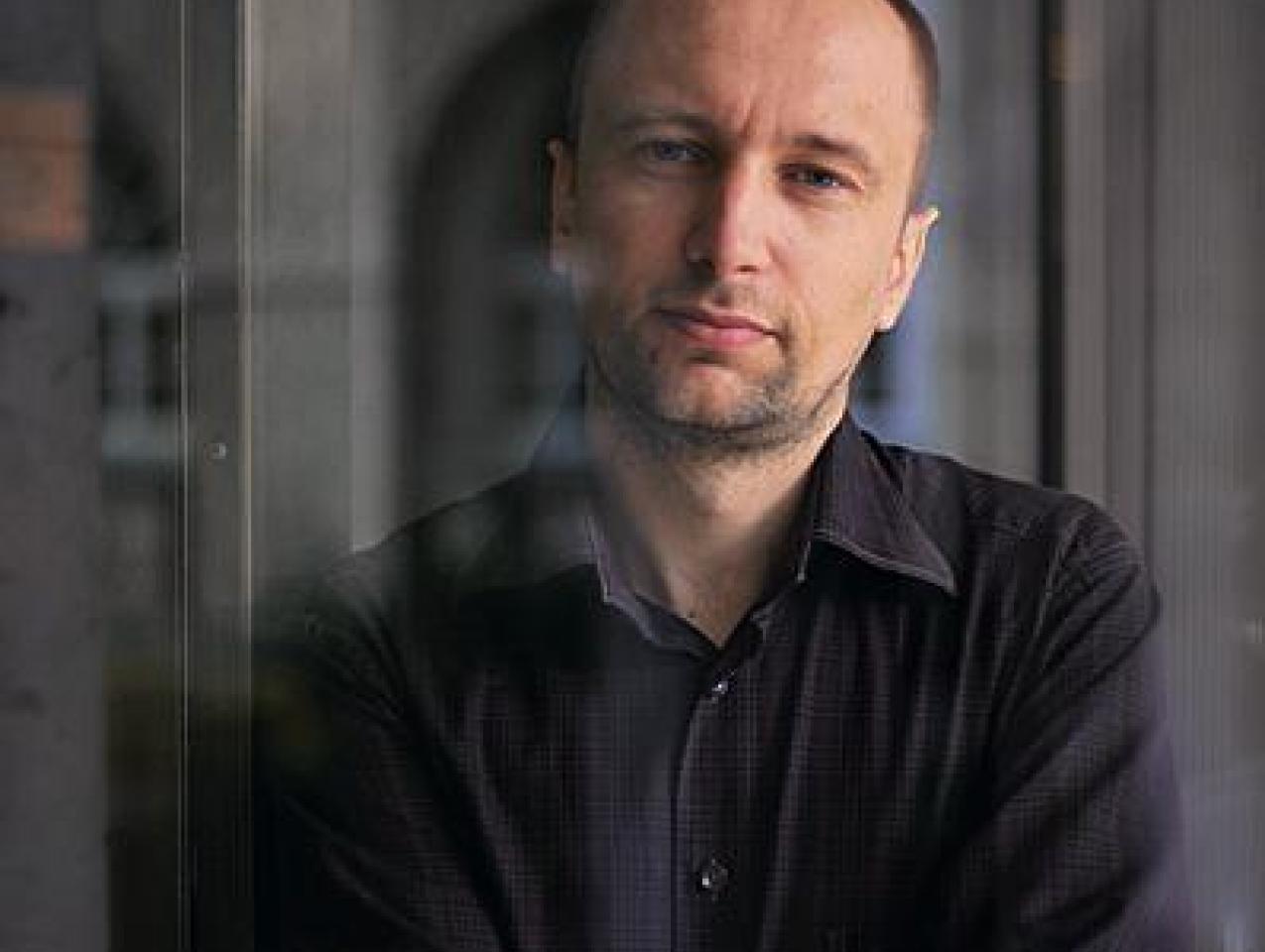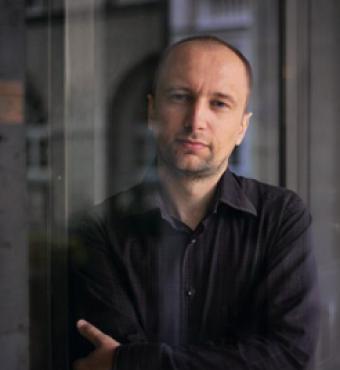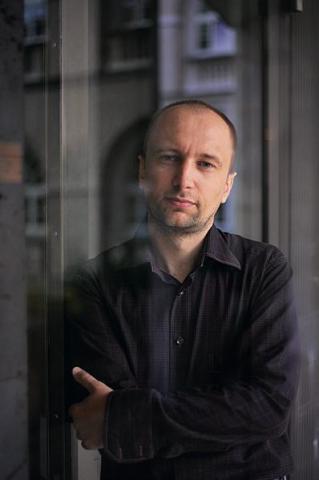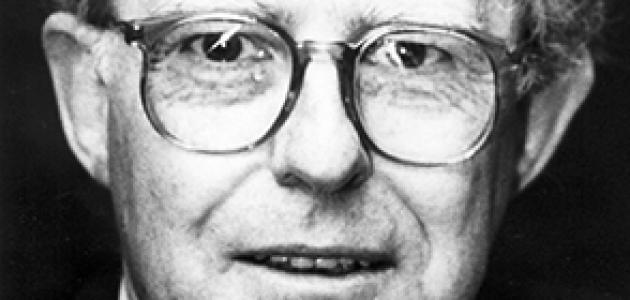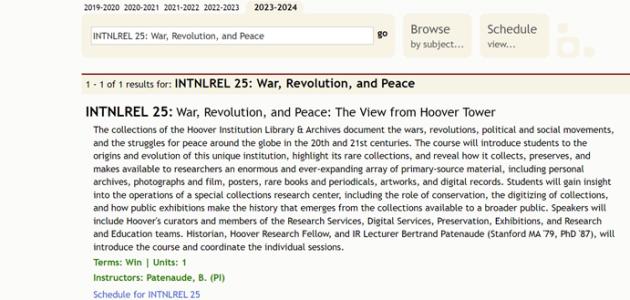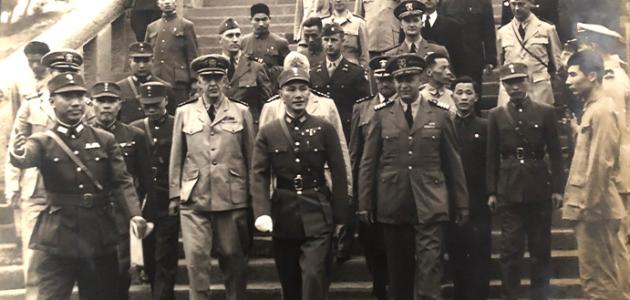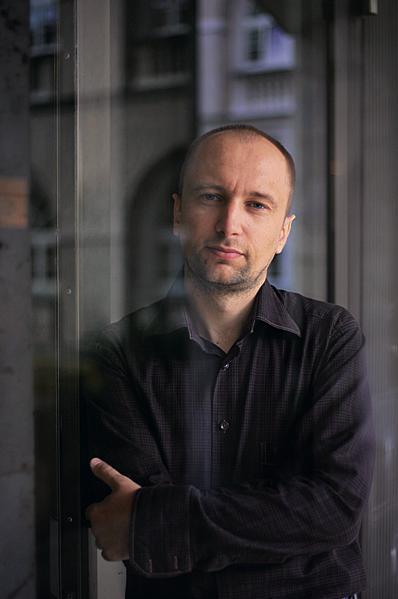
By Dariusz Pachocki, Assistant Professor, Department of Textual Criticism and Scholarly Editing, John Paul II Catholic University of Lublin
Leopold Tyrmand was born in 1920 (Warsaw) in an assimilated Jewish family. In 1938 he graduated from the Warsaw Gymnasium and just before II WW went to Paris, where he studied at the Academy of Fine Arts. During the war Tyrmand was a resistance fighter in Poland. To escape Holocaust, he traveled on false papers to Germany and worked as a waiter. Before he returned to a devastated Poland, he worked with the Norwegian Red Cross. After II WW when polish territories fell under Soviet occupation Tyrmand worked as a jurnalist in popular in Poland magazine “Przekrój” and next in the Catholic “Tygodnik Powszechny” magazine. In 1954, he wrote a diary, which he later edited and released in 1980 as Dziennik 1954. The book, which gives us details about life in Stalinist Poland, literary milieu of Warsaw and everyday life of Tyrmand now seems to be one of his greatest literary achievements. Tyrmand become a known and admired writer after 1955, when his book Zły was released (published in English as The Man With White Eyes). The novel about the conflict between good and evil in post-war Warsaw has many readers even today. Moreover, Tyrmand started the first Polish jazz festival, which he named the “Jazz Jamboree” in the 1950s. To Tyrmand, jazz was a declaration of freedom, and thus a political statement. In mid-sixties Tyrmand emigrated to the United States and after few years married his third wife Mary Ellen Fox. In US Tyrmand lived in New York City and New Canaan, Connecticut. He published essays in “The New Yorker” or “The New York Times”. After that he became the vice-president of the Rockford Institute. He served as editor of “Chronicles of Culture”. In 1984 Tyrmand died of a heart attack in Fort Myers, Florida. He was 64 years old.
The main subject of my interest during the study visit at the Hoover Institution Archives was the manuscript of a diary of Leopold Tyrmand and all the materials which document its creation and later editing and preparation for print. An important element of my activities was to establish the facts concerning the genealogy of the text of the work that had been made available to the readers. The desire to place it in the context of other Tyrmand's works made me examine all of the archives of the writer deposited at the Hoover Institution. I took the opportunity to also get acquainted with documents related directly and indirectly to Tyrmand, which are stored in other fonds. These were: Arnold Beichman Papers, Eugene Lyons Papers, John Davenport Papers, Henry Regnery Papers, Stephen J. Tonsor Papers, Leopold Labedz Papers, Eric Hoffer Papers, Stanislaw Mikolajczyk Papers, Radio Liberty corporate records. Wishing to take full advantage of the time of my stay in the Bay Area I also got acquainted with the documents related to Tyrmand in other archives (Irving Stone Papers, Bancroft Library, Berkeley; Bruce Bliven Papers, Stanford University).
The history of the literary output of Tyrmand was studied by many scholars. However, the analyses which have been undertaken so far were of literary or linguistic nature, also the biography of the poet was studied (see biography). So far philological analyses of his works have not been undertaken very often. Nevertheless, it is not the scholars that should be blamed. Assuredly a lot of them would consider such actions but they lacked proper source materials. An examination of the creative process, the examination of the following phases of the formation of text, the compilation of its various variants or attribution problems in research on the literary output of Tyrmand have not practically existed so far. Some issues concerning criticism of the text were conducted in the course of the editions of the literary works of the writer. However, most of Tyrmand’s editors had the form of informative notes or general observations concerning the criticism of the text. It is my conviction that the literary output of Tyrmand should not only be subject to philological analyses, but it simply requires them.
Owing to the collected materials I will be able to resolve the issues that have been the object of inquiries of literary scholars, as well as regular readers of Tyrmand: is Diary 1954 a diary or a memoir written after he had come to the USA? Are we reading its proper version? What persuaded the writer to introduce such far-reaching changes? Did a third person have influence on the final form of the book?
The publication of Diary 1954 caused a dispute in regard to its authenticity. Those who claimed that it was written by Tyrmand already as an emigrant, in the 1970s, included Ryszard Matuszewski and Tadeusz Konwicki. Others, like Roman Zimand, Anna Legeżyńska, Zbigniew Herbert and Kazimierz Maciąg strongly affirmed that the work was created in the first months of 1954. Maciąg considers the clinching argument to support the authenticity to be the existence of the manuscript of the diary kept at the Hoover Institution. He did not deny that the manuscript is to a large extent different from the book version. A conflict broke out, whether it is an authentic diary of the first months of 1954, or whether we are dealing with a mystification with regard to a literary genoe, i.e. a text that actually is a memoir of life in Warsaw, but written ex post, in the 1970s as an emigrant, stylised in terms of narration and composition as a diary.
The diary is kept on the basis of everyday events; however, they are a starting point for several kinds of deliberations. Tyrmand analyses himself, his life and decisions made, mostly analysing Poland of the Stalinism period, in which he lived then. The diary contains a lot of personal criticism of both Tyrmand's acquaintances (often hidden under initials), as well as public figures. He mostly criticises moral attitudes of artists, whom he considered lackeys of the state. Tyrmand also polemicizes on the works of Hemingway with Zygmunt Kałużyński. He also describes in detail his discussions with his friend, Stefan Kisielewski. The entire diary contains a lot of renowned names, including for example Stanisław Lem, Zbigniew Herbert and Julia Hartwig. The book also contains numerous descriptions of Tyrmand's love and sex affairs. The author, then in a relationship with an 18-year-old girl (named Bogna in the first edition and Krystyna in the original version), also goes back to his earlier acquaintances.
I would like to remark on the incredibly important issue of discrepancies between the existing editions and the original intention of the author of Diary 1954. This thesis can be supported by particular examples only as a result of analysis of the originals deposited at the Hoover Institution. By this I do not only mean the notebooks, containing the first edition of the diary, but also three different typescripts containing author's notes and corrections. Only comparison of all these versions allows to draw conclusions in regard to successive stages of development of text of the work.
Analysis of the materials stored at the HI provides grounds for dissipating at least some of the doubts. Tyrmand's work is an original diary that had been written in Poland, however, before it was published it underwent different kinds of modifications (in terms of style, composition and material). The reading of Tyrmand's letters proves that not all of the modifications were in accordance with his will, and that not all of them were initiated by him. All of this will be a subject of an extensive article, in which I will describe the biographical, textological and editorial fortunes of Diary 1954. Also important to me is the issues related to the creative process, variants of his works, will of the author, and the issues related to the establishment of the final version of the work. This will bear influence on the future literary and philological research on Tyrmand's works.
Tyrmand's manuscripts stored in Hoover's archive are perfectly protected and available to scholars interested in the literary output of Tyrmand. Hoover Institution's collection is now the largest collection of manuscripts of Leopold Tyrmand in the world, so the collection is very important for Polish culture. The multitude of interesting materials deposited in the archives, perfectly prepared reading room, helpful, well qualified staff and kind atmosphere characteristic of the archive are beneficial to conducting academic studies in this institution. I believe that I will have the opportunity to return there.




